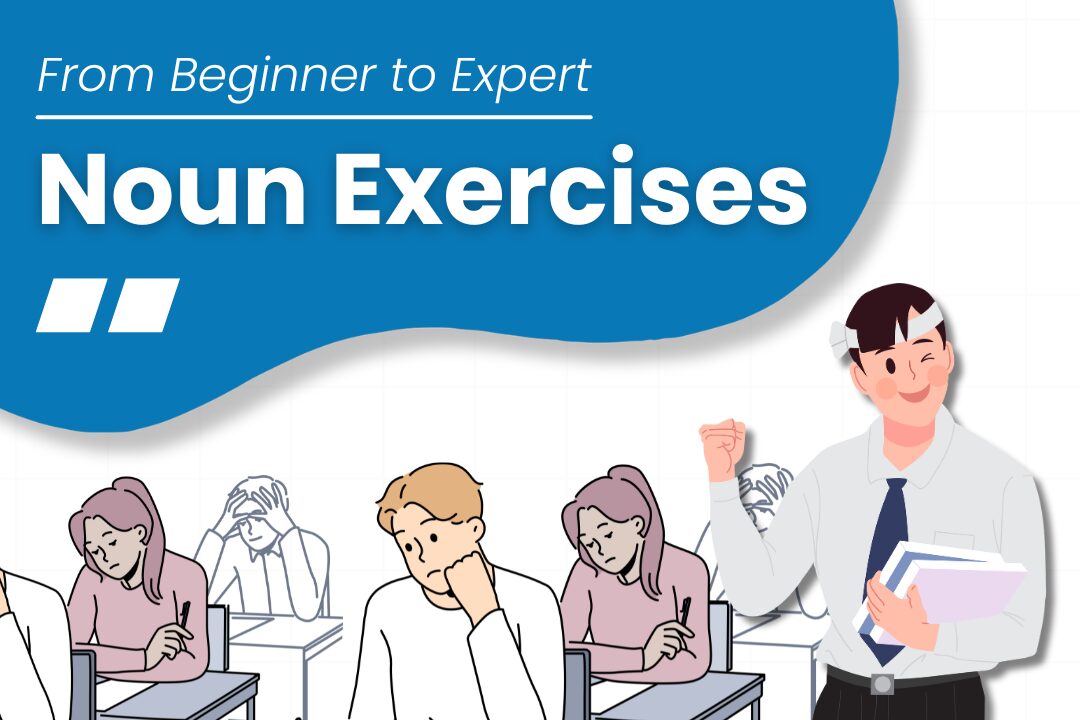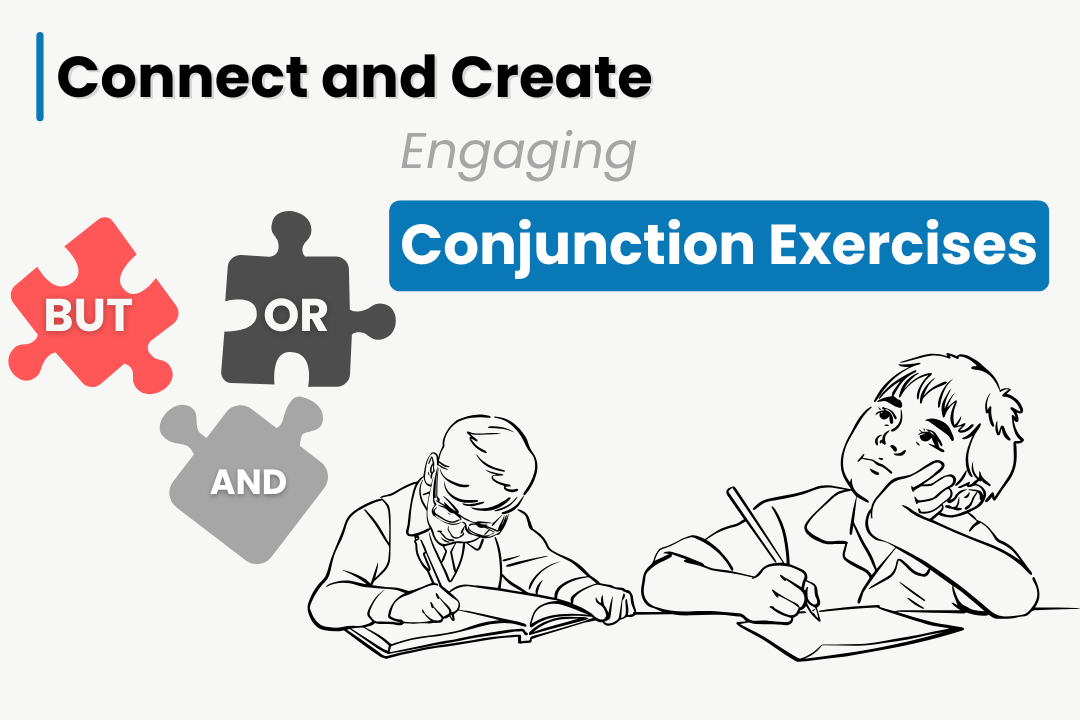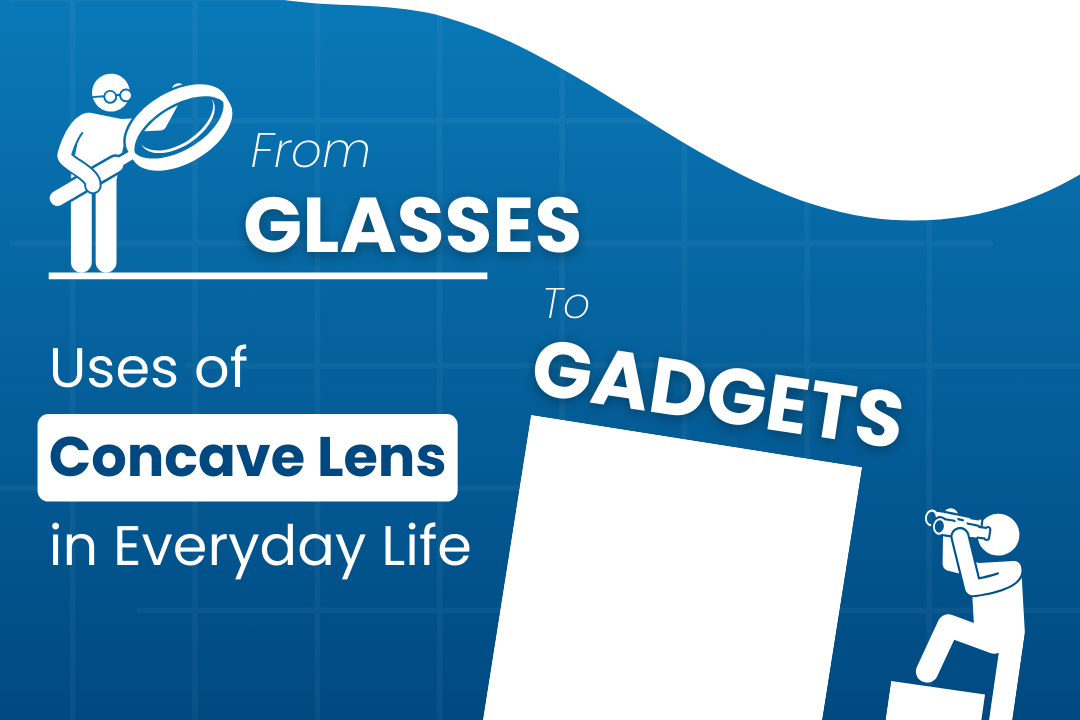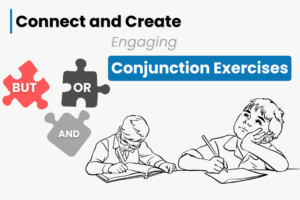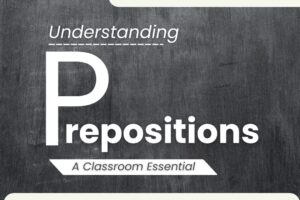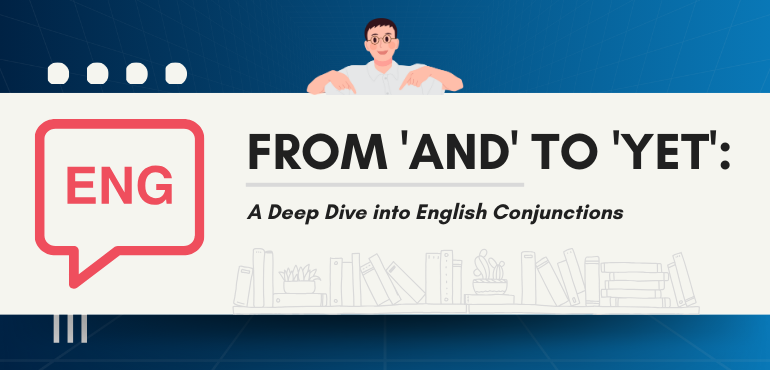
Conjunctions are essential components of English grammar that connect words, phrases, or clauses within a sentence. As an important part of speech, mastering the use of conjunctions can significantly enhance the clarity and flow of your writing. This article will provide an in-depth look at the rules governing conjunctions, offer examples to illustrate their use, and include exercises to help reinforce your understanding.
What are Conjunctions?
Conjunctions are words used to link other words, phrases, or clauses together. They are the glue that holds ideas together in a sentence, enabling more complex and nuanced expression. There are three primary types of conjunctions in English: coordinating conjunctions, subordinating conjunctions, and correlative conjunctions.
Importance of Conjunctions
Conjunctions play a pivotal role in language, serving as the glue that binds words, phrases, and clauses together to create meaningful and coherent communication. Their importance lies in their ability to establish relationships between different parts of a sentence, enabling writers and speakers to convey complex ideas with clarity and precision.
- Facilitating Cohesion: Conjunctions connect related elements within a sentence, ensuring smooth transitions between ideas and promoting coherence in writing and speech.
- Enhancing Expressiveness: Different types of conjunctions allow for the articulation of various relationships between ideas, enabling writers and speakers to convey nuances such as addition, contrast, cause and effect, and condition.
- Promoting Versatility: Conjunctions empower individuals to express a wide range of relationships and connections between elements, thereby enriching the depth and complexity of communication.
- Ensuring Efficiency: By consolidating related information into cohesive units, conjunctions enable concise expression, promoting brevity and clarity in communication.
- Enriching Communication: Through their role in facilitating cohesion, enhancing expressiveness, and ensuring efficiency, conjunctions contribute significantly to enriching the depth, clarity, and effectiveness of communication in both written and spoken discourse.
Conjunctions are indispensable linguistic tools that play a vital role in promoting cohesion, expressiveness, versatility, efficiency, and overall effectiveness in communication.
Types of Conjunctions
Conjunctions are essential words that connect clauses, phrases, or words, ensuring smooth and coherent communication. Understanding the three main types—coordinating, subordinating, and correlative conjunctions—helps you craft more complex and nuanced sentences, enhancing both written and spoken English.
Coordinating Conjunctions
Coordinating conjunctions connect words, phrases, or independent clauses of equal rank. The most common coordinating conjunctions are: for, and, nor, but, or, yet, so (often remembered by the acronym FANBOYS).
Examples:
- I wanted to go for a walk, but it started to rain.
- She likes tea, and he likes coffee.
- You can have cake or ice cream.
Subordinating Conjunctions
Subordinating conjunctions connect an independent clause with a dependent clause. They indicate relationships such as cause and effect, contrast, and time.
Examples:
- Because it was raining, we stayed indoors.
- She didn’t go to the party although she was invited.
- I will call you after I arrive home.
Common subordinating conjunctions include: because, although, since, unless, after, before, while, when, if, and until.
Correlative Conjunctions
Correlative conjunctions work in pairs to link equal elements in a sentence. They include pairs like both…and, either…or, neither…nor, not only…but also, and whether…or.
Examples:
- Both the manager and the team members were pleased with the results.
- You can either stay here or come with us.
- She is not only smart but also hardworking.
Rules for Using Conjunctions
Conjunctions serve as linguistic bridges, connecting words, phrases, and clauses to construct cohesive and coherent sentences. These indispensable elements of grammar, including coordinating, subordinating, and correlative conjunctions, facilitate fluid communication and enhance the clarity and complexity of expression in both spoken and written language. Understanding their rules is essential, and practicing with conjunction exercises can significantly improve your grasp of these crucial components.
Parallel Structure
When using conjunctions to join phrases or clauses, ensure that the structure of the elements being joined is parallel. This means that each element should have the same grammatical form.
Examples:
- Correct: She likes reading, writing, and jogging.
- Incorrect: She likes reading, writing, and to jog.
Punctuation with Coordinating Conjunctions
When joining two independent clauses with a coordinating conjunction, a comma is used before the conjunction.
Examples:
- I wanted to go swimming, but the pool was closed.
- She studied hard for the test, so she passed with flying colors.
Avoiding Double Conjunctions
Do not use two conjunctions to connect the same parts of a sentence.
Examples:
- Correct: I will go if you come with me.
- Incorrect: I will go if and you come with me.
Subordinating Conjunction Placement
When a subordinating conjunction begins a sentence, a comma should separate the dependent clause from the independent clause. If the subordinating conjunction is in the middle, no comma is needed.
Examples:
- Because it was raining, we stayed inside.
- We stayed inside because it was raining.
Conclusion
Conjunctions play a vital role in the structure and coherence of sentences. You can improve your writing and communication skills by understanding the rules and practicing their use. Whether connecting words, phrases, or clauses, conjunctions help you express complex ideas more clearly and effectively. Keep practicing with the exercises provided, and soon you’ll find yourself using conjunctions confidently and precisely.

